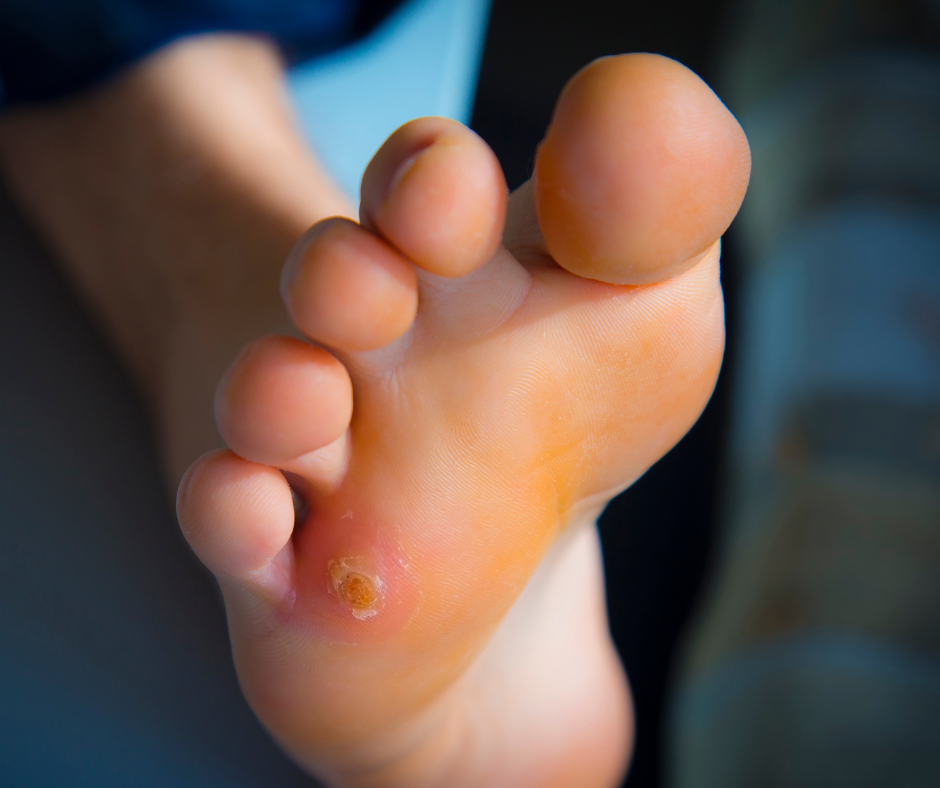
Sometimes, normal wear and tear on your feet gives rise to something worse, and that’s certainly the case with bothersome skin issues like calluses, corns, or plantar warts. These might seem like minor inconveniences, but they can significantly impact your comfort and peace of mind with aches and unpleasant aesthetic effects.
Your Next Step Foot and Ankle Care Center has solutions to podiatric problems, big and small. For this blog, we’ll break down three typical foot and ankle problems that affect the skin of your feet and then segue into a few tried-and-true solutions. Let’s get to it!
-
Calluses:
These thickened, rough patches of skin typically develop on pressure points like heels or the balls of your feet. A 2019 survey by the American Podiatric Medical Association (APMA) revealed that over 40% of Americans experience calluses. Calluses can inflict significant pain if they crack.
-
Corns:
Similar to calluses, corns are hardened areas of skin, but they are smaller and usually have a central core pushing inward. Corns often form between toes or on top of toes due to friction from rubbing shoes. Compared to calluses, corns inflict more localized pain and discomfort.
-
Plantar Warts:
Plantar warts are small, wart-like growths caused by human papillomavirus (HPV). They typically appear on the soles of your feet and can have a black spot in the center. Plantar warts can make walking painful and uncomfortable.
Treatment Options: Don’t Suffer in Silence!
While you might be tempted to ignore these issues, neglecting them can worsen the condition.
- Debridement: For calluses and corns, a podiatrist can safely remove the thickened skin using specialized tools.
- Padding and Orthotics: Podiatrists can recommend padding or orthotics to address friction and pressure imbalances that contribute to callus and corn formation.
- Medications: For plantar warts, topical medications containing salicylic acid can help break down the wart tissue.
- Cryotherapy: Freezing with liquid nitrogen is a common treatment for plantar warts.
None of the problems mentioned above will vanish on their own. That’s why consulting a DPM is your best course of action!
Dr. Eric Ricefield, Dr. Mark Yagodich, Dr. Aliza V. Eisen, and Dr. Cassandra Stache are here to help. Schedule an appointment by contacting Your Next Step Foot and Ankle Care Center in Greater Philadelphia today.
